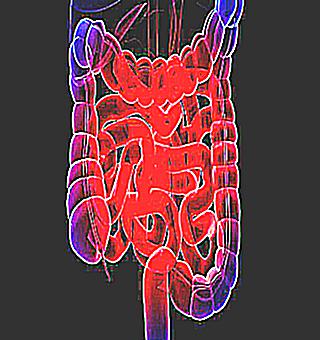Impotence (erectile dysfunction)
Impotence or violation of potency is the inability to achieve and (or) maintain an erection sufficient for sexual intercourse
Causes of impotence
Many people believe that the main cause of problems with erection (potency) is a psychological factor, but in most cases this is not the case. Very often, the cause of a weak erection or lack of an erection is a disease. And it is not necessarily a urological disease or infection. The cause may be vascular diseases, diabetes, nervous disorders, injuries or hormonal disorders.
For accurate diagnosis and competent treatment, it is always necessary to contact a qualified urologist.
Manifestations of erectile dysfunction:
- erection is insufficient for sexual intercourse
- disappearance of erection during sexual intercourse
- complete absence of erection
How it happens
The penis contains two cylindrical formations having a spongy structure – cavernous bodies. With sexual arousal, nerve impulses lead to a sevenfold increase in blood flow to the cavernous bodies, compared with a state of rest. Such an influx of blood causes an increase in the volume of spongy tissue and, accordingly, an increase in the size and tension of the penis. Continued sexual stimulation and arousal maintain blood flow levels, creating tension.
After ejaculation (ejaculation) or upon termination of sexual stimulation, there is an outflow of blood from the spongy tissue, and the penis returns to its normal size and shape.
Any violation of one of these mechanisms or the delicate balance between them leads to the development of erectile dysfunction.

Until recently, psychological problems were considered the most common cause of ED. According to the website ahealthyman.com, it is claimed that the main cause of these conditions are organic diseases.
